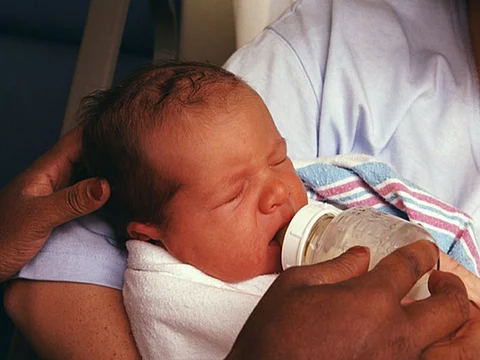MONDAY, Dec. 19, 2016 (HealthDay News) -- Use of donor milk is safe when appropriate measures are used to screen donors and collect, store, and pasteurize the milk, according to a policy statement from the American Academy of Pediatrics published online Dec. 19 in Pediatrics.
Steven A. Abrahams, M.D., from the American Academy of Pediatrics, and colleagues address preparation, safety, and usage options for donor human milk in the United States.
The researchers note that donor human milk may be used for high-risk infants when the mother's milk is not available, with priority given to providing donor human milk to infants <1,500 g birth weight. Human-milk donors should be identified and screened using methods currently in use for established milk banks. Donor milk should be pasteurized to accepted standards; testing according to internal quality-control guidelines should be conducted post-pasteurization. Due to increased risks of bacterial and viral contamination and the possibility of exposure to medications or other substances, health care providers should discourage families from direct human milk sharing or purchasing human milk from the internet.
"The development of public policy to improve and expand access to pasteurized donor milk, including policies that support improved governmental and private financial support for donor milk banks and the use of donor milk, is important," the authors write.
Full Text


